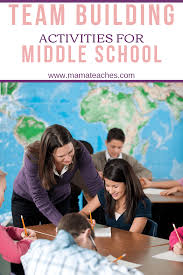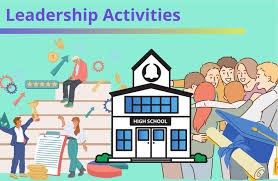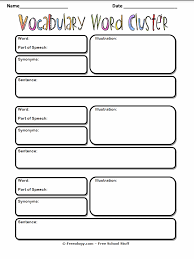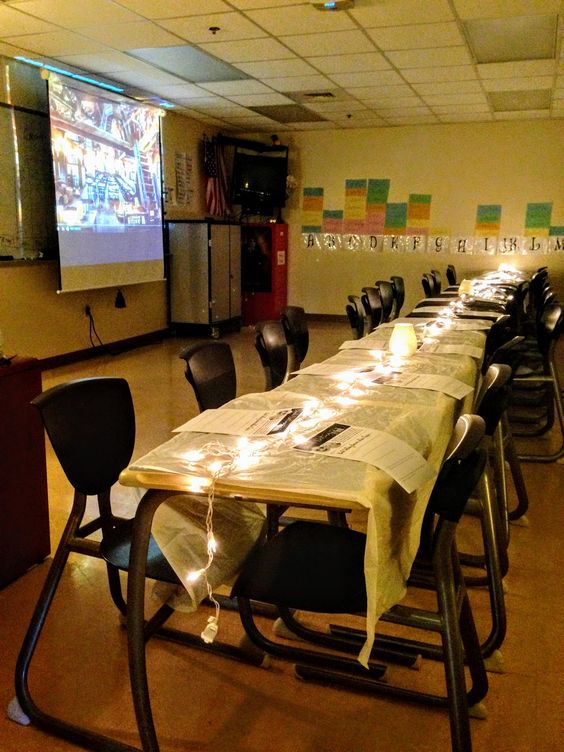1. Stretching: Assign simple stretches that can be performed in the space around each student’s desk.
2. Quick walk: Instruct students to take a brisk walk around the classroom or hallway to reenergize their minds.
3. Paper towers: Provide students with a few sheets of paper and challenge them to create the tallest tower, working as a team.
4. Simon says: A classic game that encourages physical movement and listening skills.
5. Rock-paper-scissors tournament: This fast-paced game promotes quick thinking and friendly competition.
6. Yoga poses: Teach some basic yoga poses for relaxation and concentration improvement.
7. Puzzles: Distribute puzzles and challenge students to find the missing pieces or complete each other’s puzzles.
8. Deep breathing exercises: Teach students various deep-breathing techniques to help calm their minds and refocus their attention.
9. Partner talks: Assign partners and let students chat for a few minutes about non-curriculum topics to help them refresh their thoughts.
10. Dance party: Play upbeat music and let students move around and dance for a few minutes.
11. Silent ball game: Students toss a soft ball while remaining completely silent; whoever drops the ball or makes noise sits down until only one winner remains.
12. Charades: Students act out words, phrases, or characters in front of class while others guess what it could be.
13. 20 Questions: Choose an object or idea and have students ask yes-or-no questions until they correctly guess it within 20 questions.
14. Telephone game: Students whisper a phrase down the line, then compare the final version to the original phrase.
15. Mad Libs: Fill in blanks with silly words based on grammar rules, then read aloud for laughs.
16. Skits/Impromptu scenarios: Break students into small groups, assign a scenario, and have them perform a short skit.
17. Art therapy: Provide coloring pages, encourage doodling, or create a collaborative mural to give students’ brains a break from classwork.
18. Crossword puzzles: Provide crossword puzzles for small groups or individuals to challenge their vocabulary and problem-solving skills.
19. Heads up, Seven Up: A traditional classroom game that helps students refocus and builds listening skills.
20. Scattergories: Assign a letter of the alphabet and have students generate creative words that begin with that letter within a certain duration.
21. Speed writing contest: Instruct students to write as many words fitting into a particular category as possible within one minute.
22. Noodle pass relay: Students pass pool noodles or rolled-up sheets of paper using only their legs without letting them touch the ground.
23. Mindfulness practices: Lead short mindfulness exercises to develop focus and relaxation skills.
24. Memory game: Place several items in front of the class, then remove them, challenging the students to recall every object they saw.
25. Quick trivia challenge: Quiz students with fun facts or trivia questions unrelated to the curriculum for a quick mental diversion.
Incorporating these activities into your middle school classroom can provide students with refreshing breaks throughout the day, promoting focus and academic performance.











